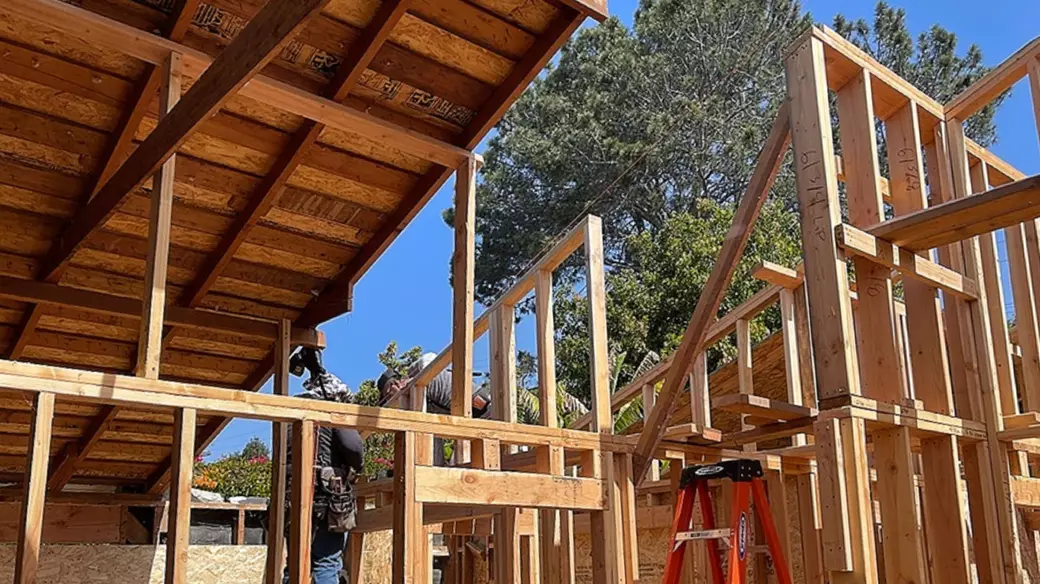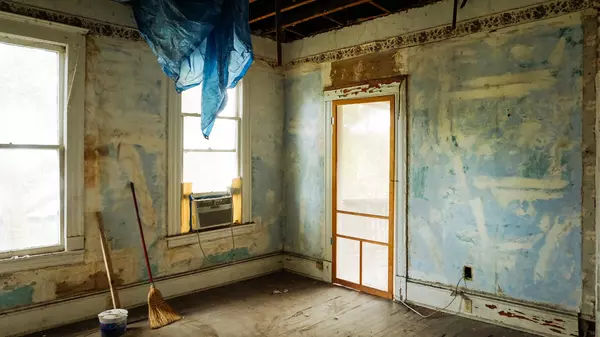From Red Tape to Green Light: Why Permit Streamlining Matters for Long Beach and South LA County Real Estate

Hey everyone — it’s Maiyah here, your South LA County and Long Beach real estate guide (808-area rep!) with 11+ years in the trenches. I wanted to write today about a trend that’s already shifting how we advise clients and structure deals: the convergence of permit reform + CEQA changes and what that means for housing supply, deal timelines, and market opportunity in Southern California.
Why this is a big deal right now
Over the past few months, California lawmakers have passed and advanced major reforms to the CEQA process—measures designed to streamline development, reduce litigation delays, and essentially “unstick” stalled housing projects. For example: AB 130, signed June 2025, exempts many infill housing developments from CEQA review under certain conditions.
Simultaneously, there’s momentum behind SB 79 (the Abundant and Affordable Homes Near Transit Act), which—if it becomes law—would require higher-density housing (4–9 stories) around transit hubs, plus faster permitting for qualifying projects.
These are not just “legislative fluff” — they have real ramifications for how quickly projects advance, how risk is assessed, and how we position properties in development or quasi-development states (think lot splits, ADUs, infill parcels, small multifamily). For brokers and developers — and for buyers/sellers who want insight into what’s “coming down the pipeline” — it’s crucial to understand this “behind the scenes” tectonic shift.
What this means for real estate pros like you & me
Here’s how I see this influencing strategy and tactics in our markets (including Long Beach, LA County, and surrounding areas):
| Impact Area | What’s Changing | What We Should Do |
|---|---|---|
| Project feasibility & risk underwriting | Fewer CEQA liabilities, shorter environmental delays | Re-run pro formas assuming lower soft cost reserves; shift “deal breaker” thresholds |
| Time to market / closing windows | Some developments that might have taken years could accelerate | Get more aggressive with scheduling, inspection timelines, and contingency windows |
| Infill / ADU / small lot development | More parcels become viable; ADUs may attract more value | Keep your ear to the ground on local parcel segmentation, lot splits, and ADU potential |
| Market supply dynamics | We may see a swelling of new supply in transit-rich corridors | Anticipate softening in ultra-hot submarkets; look for early signals of price compression |
| Client positioning | Buyers might prefer “pre-entitled” projects; sellers of entitled land may attract more demand | Preemptively vet properties for future entitlements or CEQA risk before listing |
As real estate pros, our job is often two steps ahead of buyers/sellers. These reforms may open new windows of opportunity — but also new pitfalls for the unprepared.
What buyers and sellers (now and future) should know — in “plain talk”
Whether you’re buying, selling, or just keeping tabs on your property value, here’s how this shift could affect you:
-
Faster project approvals = more competition
If more developers can get projects through quicker, parcels and infill sites may see higher demand. What might have been an “undervalued lot” could attract multiple bidders. -
Less friction = lower “development risk penalty” baked in
Historically, developers (and therefore buyers) budgeted time and money for CEQA litigation, mitigation studies, and delays. Those costs may shrink in certain zones. -
More housing near transit = more choices (and potentially more density)
If density increases around transit corridors, neighborhoods may evolve faster. That could increase walkability, transit access — but also change neighborhood character, parking, and zoning pressures. -
Value in “entitled” land or ready-to-build parcels
If we expect approvals to move faster, properties that already have entitlement studies, soil reports, or plans may command a premium — even more than today. -
Still: location, demand, fundamentals matter
These reforms don’t override basic supply/demand, interest rates, job growth, local schools, neighborhood appeal, or infrastructure. If those fundamentals weaken in an area, even streamlined permits won’t fully save pricing.
A ground-level scenario: an ADU or small multifamily lot in Long Beach
Here’s how I’d apply this to something in my backyard:
Say you own a corner lot in North Long Beach or near the Wrigley neighborhood. Under older “zoning + CEQA” norms, adding a duplex or 4-plex might have been highly risky (because of environmental review, neighborhood opposition, or extended hearings). But under the new regime (if SB 79 / related reforms pass), that same lot might get through approvals faster, with fewer hurdles — suddenly making it far more attractive for infill development.
As your broker, I’d:
-
Run a deeper “zoning + entitlement viability” assessment up front.
-
Model “what-if” scenarios (with and without CEQA burdens).
-
Educate you on how quickly you could realize value (or exit) under the streamlined path.
If I were advising a buyer, I might stress: look not just at what’s on the ground today, but what you could build tomorrow under these new rules.
Risks & things to watch
No reform is perfect, and there are caveats:
-
Not all projects will qualify for the exemptions — conditions will apply (parcel size, environmental factors, fire risk, etc.).
-
Local jurisdictions may push back, add constraints or interpretations in their own municipal codes.
-
Litigation could shift to other mechanisms (e.g. lawsuits over city actions, aesthetic or design issues).
-
Infrastructure, utilities, and neighborhood constraints (parking, traffic) still have to be addressed — “streamlining” doesn’t eliminate all hurdles.
-
Market absorption: faster approvals won’t matter if buyers don’t show up or interest rates jump again.
How I’m using this now (and how I can help you)
As a broker in Long Beach and the 90808 area, here’s what I’m doing differently:
-
I’m keeping a running pipeline of “entitlement-ready parcels / infill lots / small multifamily sites” I’m vetting now, so that the moment policy clarity lands, we jump swiftly.
-
I’m reviewing all listings (both my own and comps) with an eye on future permit risk / upside opportunity, not just what’s built today.
-
I’m advising clients who want to sell to consider selling land with entitlement studies done (a value-add in a faster world).
-
I’m building my network with local architects, planners, and environmental consultants who understand the new laws so we can move quickly together.
If you (a client, investor, or fellow agent) want me to do a “permit-viability audit” on a property you’re targeting, run through a what-if scenario, or find parcels with upside, I’m fully ready.
Categories
Recent Posts










GET MORE INFORMATION


